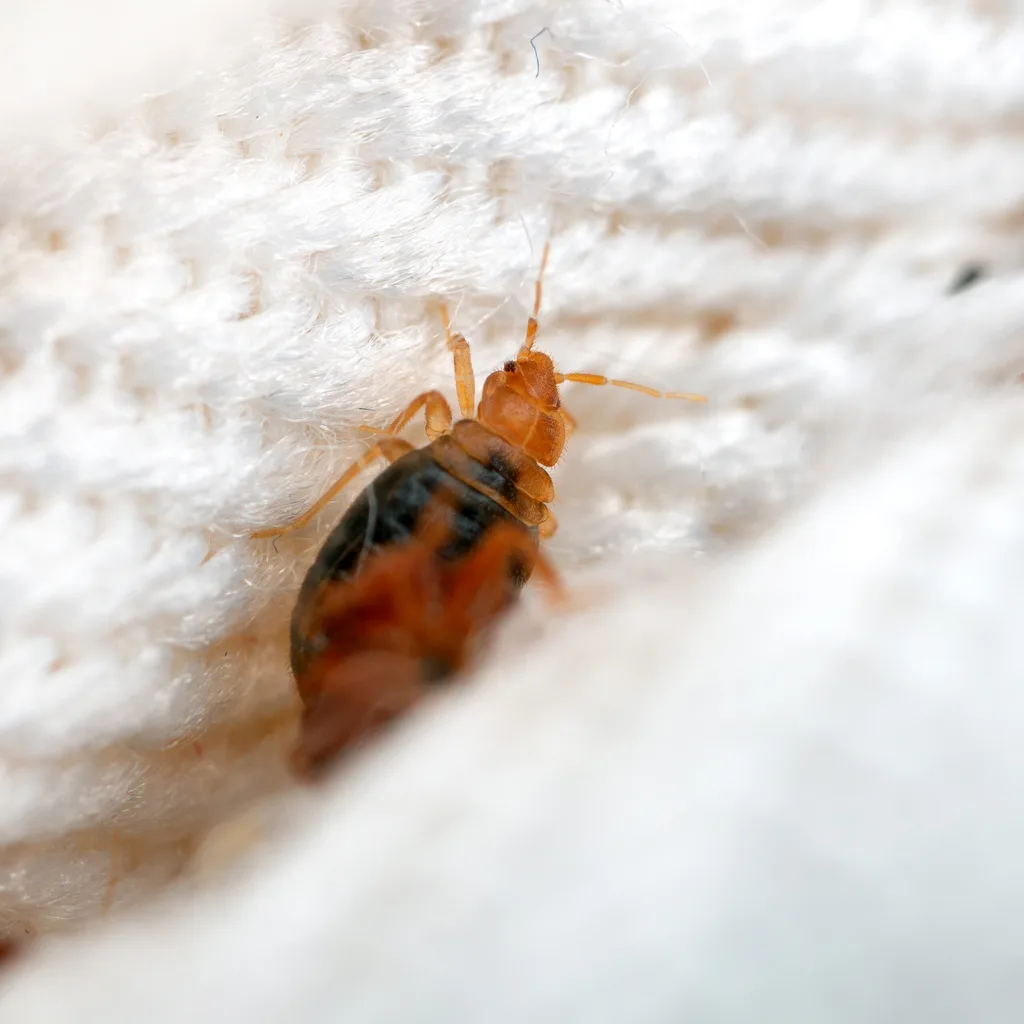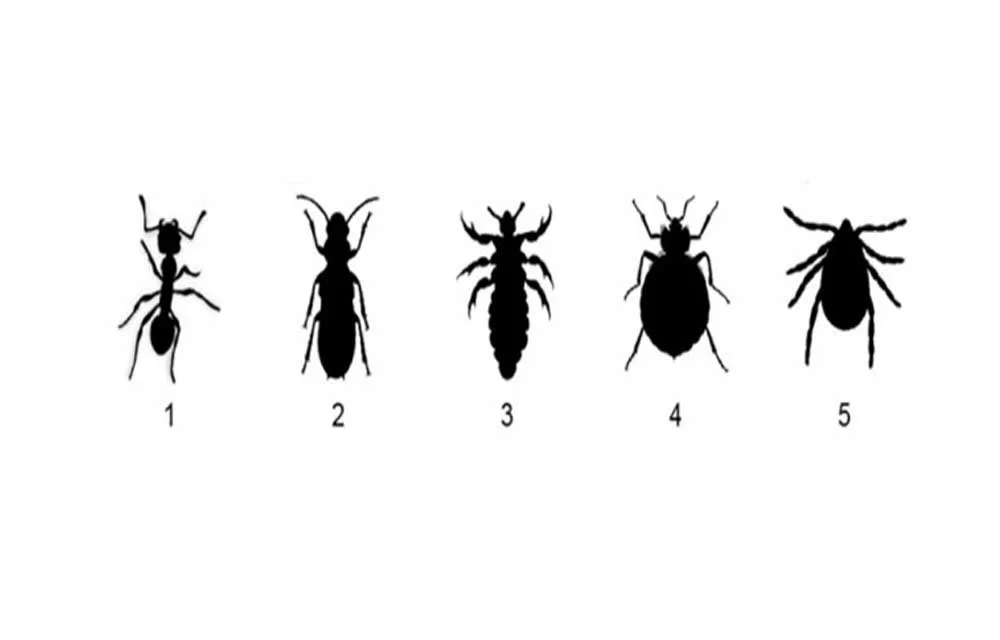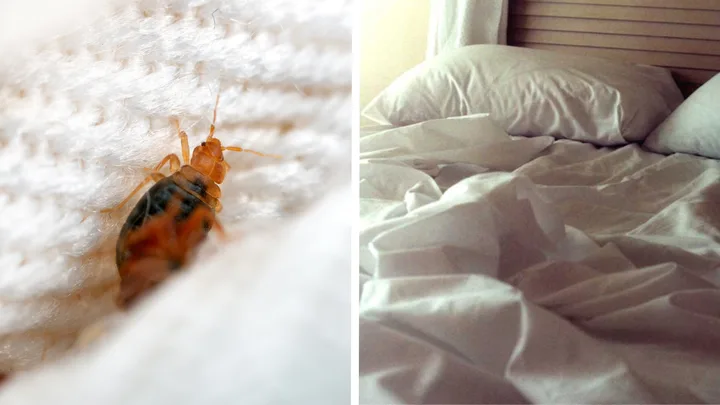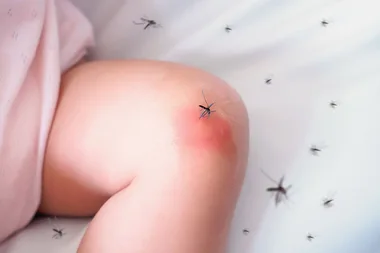Nothing ruins your day quicker than thinking about bed bugs. In fact, reading about it is enough to make you itchy.
The simplest way to stop yourself from freaking out over the critters is to know what they actually look like and where they like to hide.
Instead of panicking about whether you do or do not have an infestation, here’s what a bed bug looks like, how to spot one and if it comes down to it, how to get rid of them.
The first sign you’ve got bed bugs
If you suspect an infestation, the first place to check isn’t in the folds of your sheets.
Instead, head straight to the seams, beading and folds on the edge of your mattress. If you spot any eggs or adult bed bugs, then you’ve got an infestation.
How to check for bed bugs
Adult bed bugs are usually quite easy to spot because of their dark colouring. If you’ve got white bed sheets and light furniture, an adult bed bug will easily stand out.
The younger nymphal stage of a bed bug is much harder to look for because of their small size. But, this is the stage where you definitely want to catch them- before they get too big!
After checking the seams and edges of your mattress, here are all the other places you need to look:
- Bedroom furniture
- Folds in sheets
- Sleeping bags
- Bed heads (especially if they are fabric)
- Skirting boards
- Cracks in plaster
- Clothing
- Carpet

What does a bed bug look like?
A study published in the journal American Entomologist in 2017 by Michael Potter, involving a survey of 2000 people, revealed that only 28 per cent of leisure travellers were able to identify the bed bug in a line-up.

Can you pick the bed bug out of a lineup?
In Australia, there are actually two different types of bed bugs, and they can both cause havoc in your home.
The common bed bug, or Cimex Lectularius (the one pictured above, if you can guess it), lives in temperate climates and has the most widespread distribution. The tropical bed bug or C. hemipterus is mostly located in areas of high humidity and temperature (think QLD and the NT).
Potter told the New York Times all about the common bed bug: “The adults are flat, brownish and similar in size to a stick, sans blood. And like a tick, they don’t fly or jump.” In general, both kinds are crawlers and are most often found in the bed (hence the name bed bugs!).
Bed bugs are nocturnal animals and feed on human blood. However, they do not smell blood like mosquitoes; instead, they are lured in by the carbon dioxide you inhale when you sleep. This makes the bed a perfect place to hang out in and wait around for a tasty snack.
Young bed bugs are smaller, tan and vary in size. However, when scanning a room for bedbugs, Potter says you will have a better chance of finding their eggs, which “look like white dust, or the peppery specks of dried blood they leave behind as waste.”
Answer: If you answered number four above, then you would be right.
Getting rid of a bed bug infestation
A bed bug infestation is hard to get rid of by yourself. It is always recommended to seek professional help for the removal of these pests.
If you live in an apartment building, it is essential to notify other residents and your strata as well, as infestations tend to spread quickly. Professional pest removalists get rid of bed bugs by chemically spraying your household. If you live in an apartment, then the whole building will likely have to be treated as well.
Other bed bug non-chemical treatments include:
- Physical removal: You can use adhesive tape to trap the insect. You can also vacuum after chemical treatments to remove all dust and debris, which will decrease the likelihood of any coming back.
- Heat: Rapidly heating up an object that is infected can kill bed bugs instantly. The Department of Health Victoria explains that temperatures over 45 degrees will kill them within an hour, or immediately at temperatures above 60 degrees.
- Cold: Rapid freezing can also work to kill bed bugs. Placing items in the freezer overnight will kill any bugs that are on them.


